Government Policies and Incentives
Government policies and incentives play a crucial role in shaping the PV Micro Inverters Market. Many countries are implementing favorable regulations and financial incentives to encourage the adoption of renewable energy technologies. For example, tax credits, rebates, and feed-in tariffs are being offered to both residential and commercial solar installations, making micro inverters more financially accessible. As of 2025, it is anticipated that these supportive measures will lead to a significant increase in solar installations, with micro inverters being a preferred choice due to their efficiency and performance. This regulatory environment not only stimulates market growth but also fosters innovation within the industry, as manufacturers strive to meet evolving standards and consumer expectations.
Increased Focus on Energy Efficiency
The growing emphasis on energy efficiency is a notable driver for the PV Micro Inverters Market. As energy costs continue to rise, both consumers and businesses are seeking solutions that maximize energy output while minimizing waste. Micro inverters, known for their ability to optimize the performance of individual solar panels, are increasingly recognized for their efficiency benefits. In 2025, the market is expected to see a shift towards more energy-efficient technologies, with micro inverters leading the way. This trend is further supported by advancements in energy management systems that integrate seamlessly with micro inverters, allowing users to monitor and control their energy consumption more effectively. The focus on energy efficiency not only enhances the appeal of micro inverters but also aligns with broader sustainability goals.
Rising Adoption of Solar Energy Solutions
The increasing adoption of solar energy solutions is a pivotal driver for the PV Micro Inverters Market. As more consumers and businesses seek sustainable energy alternatives, the demand for efficient solar systems, including micro inverters, is on the rise. In 2025, it is estimated that solar energy will account for over 30% of new electricity generation capacity, underscoring the shift towards renewable energy sources. This trend is further supported by government incentives and subsidies aimed at promoting solar installations. The growing awareness of environmental issues and the need for energy independence are also contributing factors, as more stakeholders recognize the long-term benefits of investing in solar technology.
Growing Demand for Smart Home Technologies
The rising demand for smart home technologies is significantly influencing the PV Micro Inverters Market. As homeowners increasingly seek to integrate renewable energy solutions with smart home systems, the compatibility of micro inverters with these technologies becomes paramount. In 2025, it is projected that the smart home market will continue to expand, with solar energy systems playing a critical role in this evolution. Micro inverters, which can be easily integrated with home automation systems, offer enhanced control and monitoring capabilities, appealing to tech-savvy consumers. This convergence of solar technology and smart home solutions not only drives the adoption of micro inverters but also positions them as essential components in the future of energy-efficient living.
Technological Innovations in PV Micro Inverters
The PV Micro Inverters Market is experiencing a surge in technological innovations that enhance the efficiency and performance of solar energy systems. Recent advancements in inverter technology, such as improved power conversion efficiency and enhanced monitoring capabilities, are driving market growth. For instance, the integration of smart technology allows for real-time performance tracking, which can optimize energy output. As of 2025, the market is projected to witness a compound annual growth rate of approximately 15%, indicating a robust demand for these advanced systems. Furthermore, the development of more compact and lightweight micro inverters is appealing to both residential and commercial sectors, thereby expanding the customer base and increasing adoption rates.


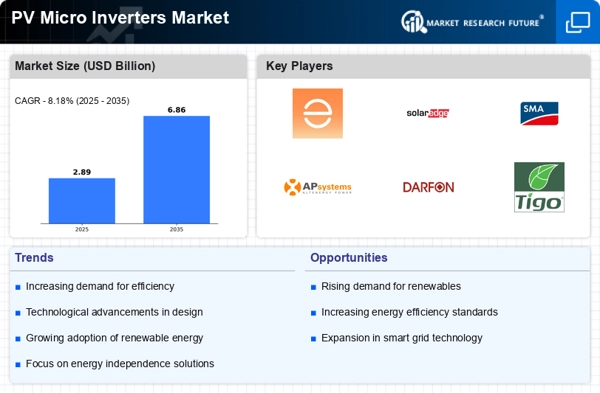

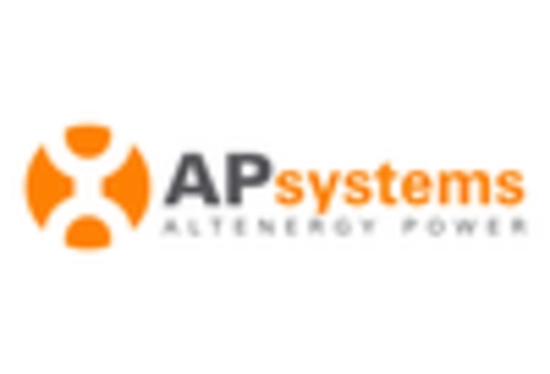
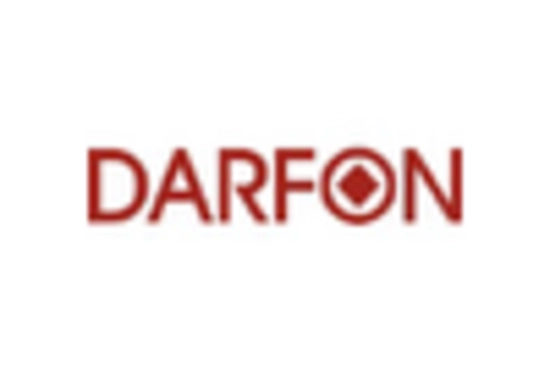
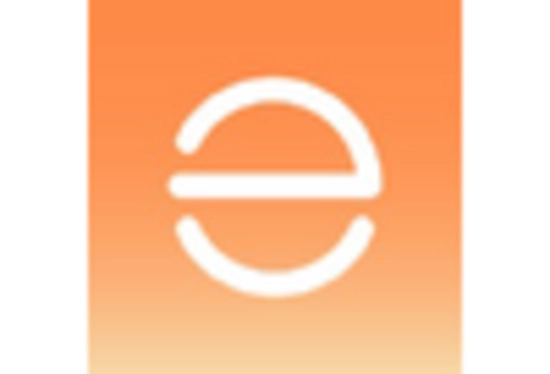


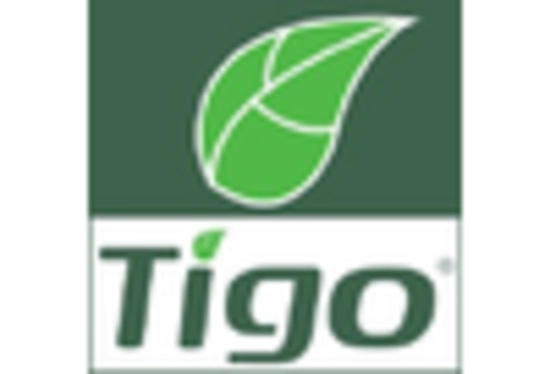








Leave a Comment